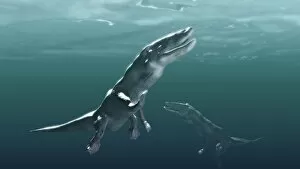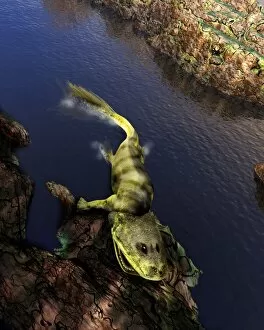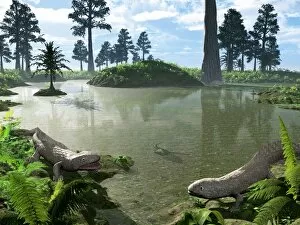Tetrapod Collection (#13)
"Tetrapods: A Diverse World of Animal Wonders" The Eurasian lynx, with its piercing eyes and majestic presence, roams the Alpine Zoo in Innsbruck, Austria
For sale as Licensed Images
Choose your image, Select your licence and Download the media
"Tetrapods: A Diverse World of Animal Wonders" The Eurasian lynx, with its piercing eyes and majestic presence, roams the Alpine Zoo in Innsbruck, Austria. Red-billed Choughs gracefully soar through the skies of Tyrol, their vibrant feathers contrasting against the European landscape. At the dog beach in Austria, a wet black Labrador Retriever joyfully splashes around, embodying the playful spirit of domestic dogs. Amongst lush greenery stands a magnificent Sika deer stag, showcasing its impressive antlers amidst nature's beauty. Journey to Potosi in Bolivia and witness the Southern Viscacha perched on rocky cliffs - an adorable creature adapted for mountain life. Peering out from its stable is a horse filled with curiosity and longing for freedom beyond those wooden walls. Little pied cormorants grace Kangaroo Island in Australia as they dive into crystal-clear waters to catch their next meal. Meet a handsome boxer dog captured perfectly in this portrait; his expressive face reflects both strength and gentleness simultaneously. On the Shannon River in Ireland, witness an intimate moment between a calf suckling at its mother cow's teat - nature's nurturing bond on display. Golden Eagle proudly displays ruffled feathers as it soars high above mountainsides; epitomizing power and grace combined. Young Galapagos Sea Lions bask under warm sunlight on pristine shores; their playful antics enchant all who encounter them. A young pug finds solace on a wooden bench as it dozes off peacefully; reminding us that even our furry friends need moments of restful bliss. In this captivating world of tetrapods – animals with four limbs – we are reminded of Earth's incredible biodiversity and how these creatures bring joy to our lives through their unique characteristics and behaviors.

















